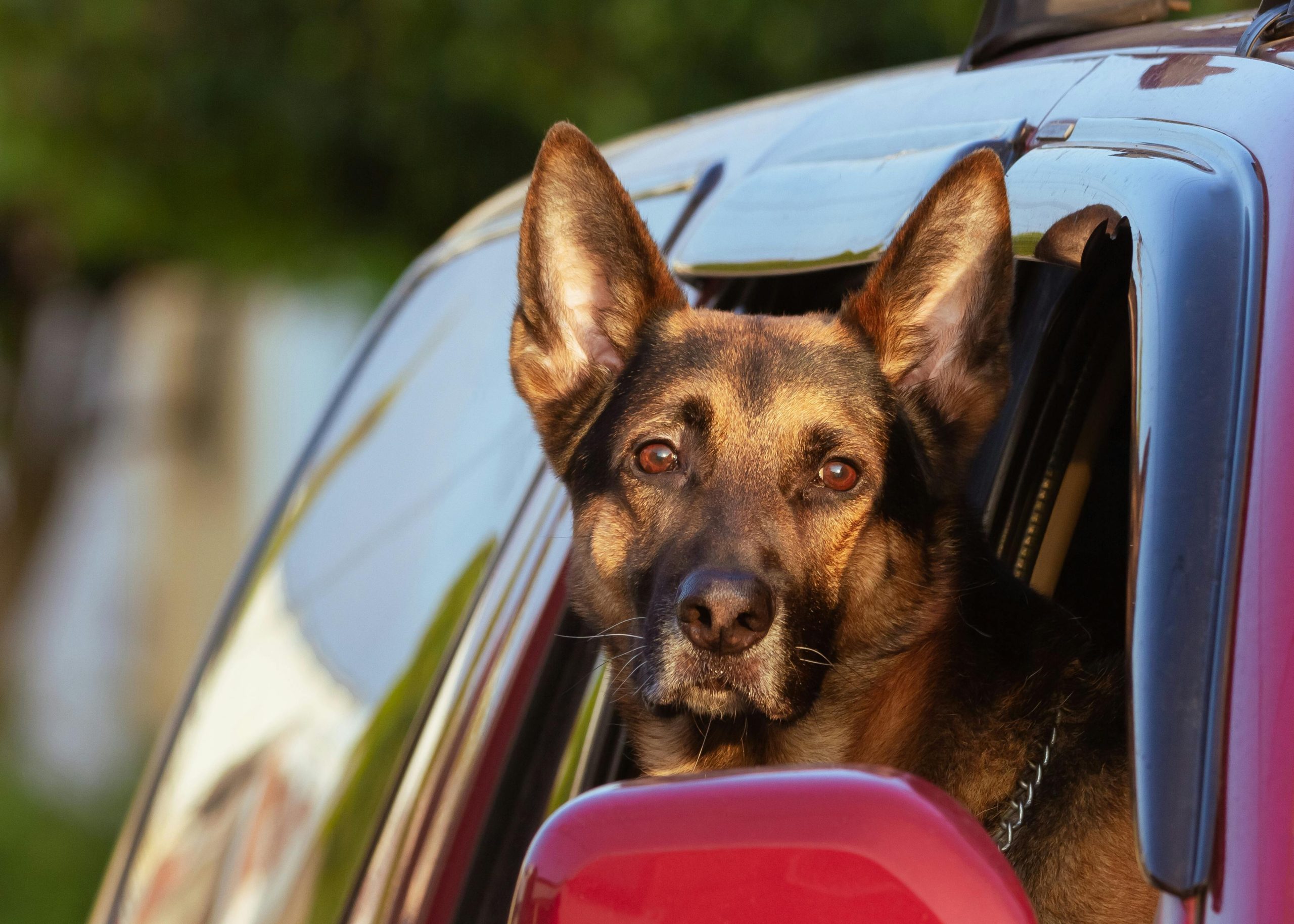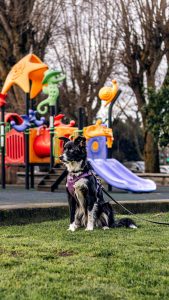Summer’s Calling — Is Your Dog Ready to Go With You?
You’ve got road trips planned, hiking trails mapped out, and weekends at the park lined up — but is your dog ready to handle those adventures with calmness and control?
From off-leash distractions to unpredictable public encounters, summer fun can quickly turn into chaos without proper training. This blog walks you through how to prepare your dog for real-life summer outings — so you can enjoy the season together stress-free.
Obedience Makes Outdoor Freedom Possible
Whether you’re heading to a dog-friendly trail, an open field, or a crowded patio, your dog needs reliable obedience to safely enjoy the experience. Here’s what that looks like:
- Responding to commands even with distractions
- Calm leash manners in busy spaces
- Ability to settle and wait patiently
- Recall that works every time, even with triggers around
This level of obedience doesn’t happen by chance — it comes from intentional preparation.
Step 1: Reinforce Commands in New Environments
Start by practicing core obedience (sit, down, heel, place, come) in progressively distracting places:
- Your backyard
- The driveway
- A quiet public park
- Busier trails or community events
Dogs don’t generalize well — they must be taught that “sit” doesn’t just apply at home, but also at the trailhead or near a picnic table.
Step 2: Practice Calm Entry and Exit Routines
Before loading into the car or stepping onto a trail:
- Make your dog wait calmly at the door
- Practice “place” while you grab gear
- Use leash pressure and calm tone to control excitement
Structured beginnings set the tone for the entire outing.
Step 3: Teach Public Manners for Travel Stops and Patios
Whether you’re stopping at a rest area, gas station, or outdoor café:
- Use “place” or “down” to anchor your dog while you move or eat
- Reward calm behavior and disengagement from strangers
- Don’t allow greetings unless your dog is neutral and under control
Many behavior issues during outings stem from overstimulation — structure prevents this.
Step 4: Recall Is Non-Negotiable for Trails and Off-Leash Fun
Before ever unclipping the leash, make sure your dog has:
- A strong recall command (e.g., “come,” “here”)
- Practice around distractions
- A long-line training history in open spaces
- A reliable reward system that works under pressure
Use a 20–30 foot leash on hikes until you’ve built enough trust and consistency to go fully off-leash.
Bonus: Summer Safety Training Tips
- Hydration drills: Teach your dog to drink on command or from portable bowls
- Heat checks: Reinforce place or crate when resting in shade
- Social exposure: Use parks to desensitize your dog to people, bikes, and other dogs without direct interaction
These habits make adventures smoother and safer.
What to Avoid
- Skipping training for “fun days” — structure still matters
- Overloading your dog with too much stimulation too soon
- Allowing bad leash habits just because you’re outdoors
- Assuming your dog will behave well without practicing in those environments
Summer outings are a privilege — and training is what earns that freedom.
Final Thoughts: Train Where You Want to Go
Your dog’s behavior on the trail, at the park, or during travel is a reflection of the structure you’ve practiced. Obedience doesn’t stop at the front door — it follows you wherever you go.
With consistency, exposure, and calm leadership, you’ll build the kind of dog you can confidently take anywhere this summer — and actually enjoy the adventure.


